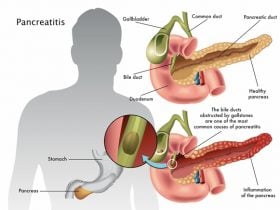Signs of Carpal Tunnel Syndrome

Since carpal tunnel syndrome is induced by median nerve compression, pain, suffering, and paresthesia (tingling and loss of sensation) located in the region of the hand innervated by this nerve are the classic signs. Usually, signs are worse at night [3] and may sometimes be so severe to the extent that it cause the sufferer to wake up. The pain get worse when the individual stretches or flexes the fingers of the hands. Simple tasks such as reading, typing driving a car, or holding the phone may be sufficient to cause the pain. In certain cases, it may be connected to proximal irradiation, affecting the arm and shoulder. Extreme flexion of the wrists appears to make numbness and pain symptoms worse. Carpal tunnel syndrome affects the wrists bilaterally in up to 65% of cases, but most commonly, one wrist shows more signs than the other. The disorder typically aggravates over time [4] if left untreated, which can lead to motor signs, such as difficulty in moving the fingers. In more advanced situations, the awareness of the weakness of the muscles innervated by the median nerve may be perceived, during the struggle of carrying a cup, or even tying shoes, It may even become impossible for the patient to carry small objects (such a cup of water).













